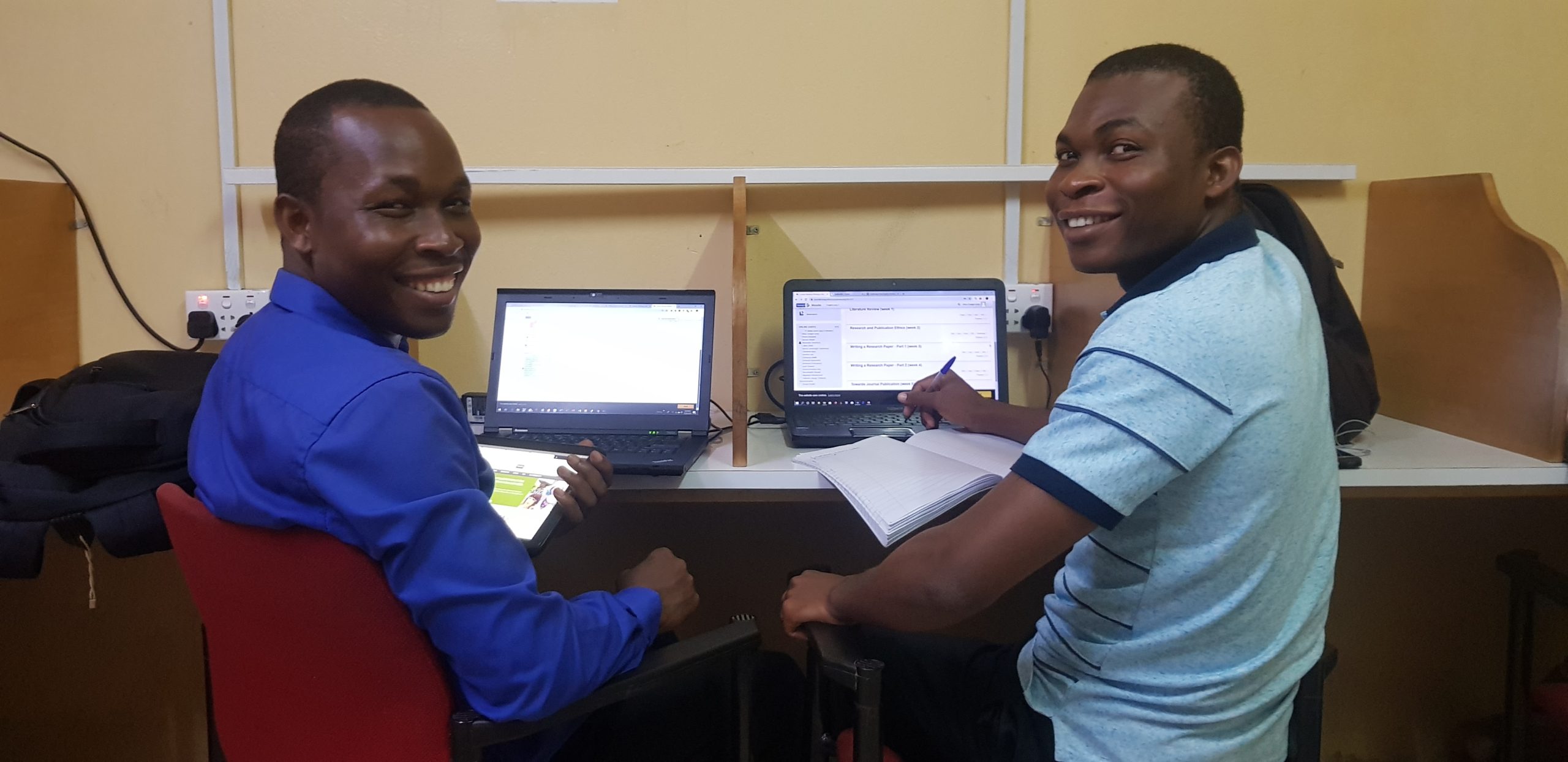
Increasing the flexibility of AuthorAID MOOCs with learning pathways
Over the past two years, we have been introducing more flexibility and customization in our online courses. Ravi Murugesan shares some of the impact of ‘learning pathways’ for recent AuthorAID course participants.
There are many inequities in research experiences between researchers around the world. Aside from challenges in access to funding and resources, many of the challenges relate to opportunities to contribute to trusted research conversations, both within their own countries and globally. Researchers from the Global South can struggle to get their research published in academic journals if they are unfamiliar with the publishing system and how to structure a research paper.
INASP’s AuthorAID project aims to address these challenges, in a range of ways. One approach that has gathered momentum over the past five years has been the AuthorAID online research writing courses.
Between 2015 and 2017, we ran five AuthorAID MOOCs in scientific research writing (see ‘previous courses’ on this page for more information and this research paper to learn about our MOOC approach). These five MOOCs were made up of a standard set of modules. The core modules were literature review, research and publication ethics, and writing and publishing a paper, which were spread over six weeks. In a couple of those MOOCs we had an additional module, which extended the course duration to seven or eight weeks, but participants were required to complete all the modules in order to gain a course completion certificate.
In 2018, the AuthorAID course team felt it was time to introduce more flexibility for researchers taking our MOOCs: we wanted to give them the option of completing only the core modules or the core modules plus one or more optional modules. At the end of the course, each learner would get a certificate stating which modules they had completed. Introducing such flexibility and customization would be relatively easy in a small online course. However, we usually have more than a thousand participants in our MOOCs, so we had to design ‘learning pathways’ with a certain level of automation while making sure that the participants don’t get confused.
When we offered the sixth AuthorAID research writing MOOC near the end of 2018, we put in place the core modules along with two optional modules: writing a grant proposal, and communicating research to non-academic audiences. The core modules were spread over six weeks and the optional modules for two additional weeks. The completion figures give a sense of how the participants responded to this new format:
| No. of participants who made a start on the course | 1592 |
| No. of participants who completed the course (A + B + C, below) | 697 |
| No. of participants who completed only the core modules (A) | 277 |
| No. of participants who completed the core modules and one of the two optional modules (B) | 217 |
| No. of participants who completed the core modules and both the optional modules (C) | 203 |
It’s clear that there was a healthy demand for the optional modules: 60% of the completers (420 out of 697) completed at least one of the two optional modules. At the same time, a substantial proportion of the learners (277 out of 697, or 40%) chose to focus only on the core modules. By keeping the core modules and optional modules distinct, we catered to the needs of learners who were interested in just the core modules as well as those who were interested in the optional modules. All the completers received customized certificates stating which modules they had completed, which no doubt was an incentive for learners to go through the optional modules.
Encouraged by the outcomes of our sixth research writing MOOC in 2018, we were ready to introduce further flexibility in the seventh research writing MOOC that we ran in 2019. This time, we had three organizations who co-sponsored the course. Participants who were sponsored by each of these organizations had access to extra modules, collaboration spaces and dedicated moderator/facilitator support. In essence, they were part of the overall MOOC group for the core modules of the course, and they were part of a smaller group (or smaller set of groups) for the extra modules.
Towards the end of the course, we introduced two additional modules on the theme of research impact. Many of the course participants could take part in these modules, and we even gave ad hoc access to a group of people who hadn’t joined the full course.
With many groups of participants and learning pathways, the course homepage on our learning platform became quite intricate to manage from an administrative point of view, but we did our best to keep the user interface straightforward for the learners, guest facilitators and observers.
The seventh AuthorAID research writing MOOC was one of our biggest so far with 3253 participants, including about 220 participants from the three sponsored groups put together. Of those, 1681 (51.7%) met the basic completion criteria.
This year, we hope to continue making the AuthorAID MOOC approach more flexible so that we can serve researchers with a broader array of learning needs.
Would you like to take part in one of our future MOOCs? Please make sure you follow AuthorAID to keep up with the latest news.

 Previous Post
Previous Post Next Post
Next Post


